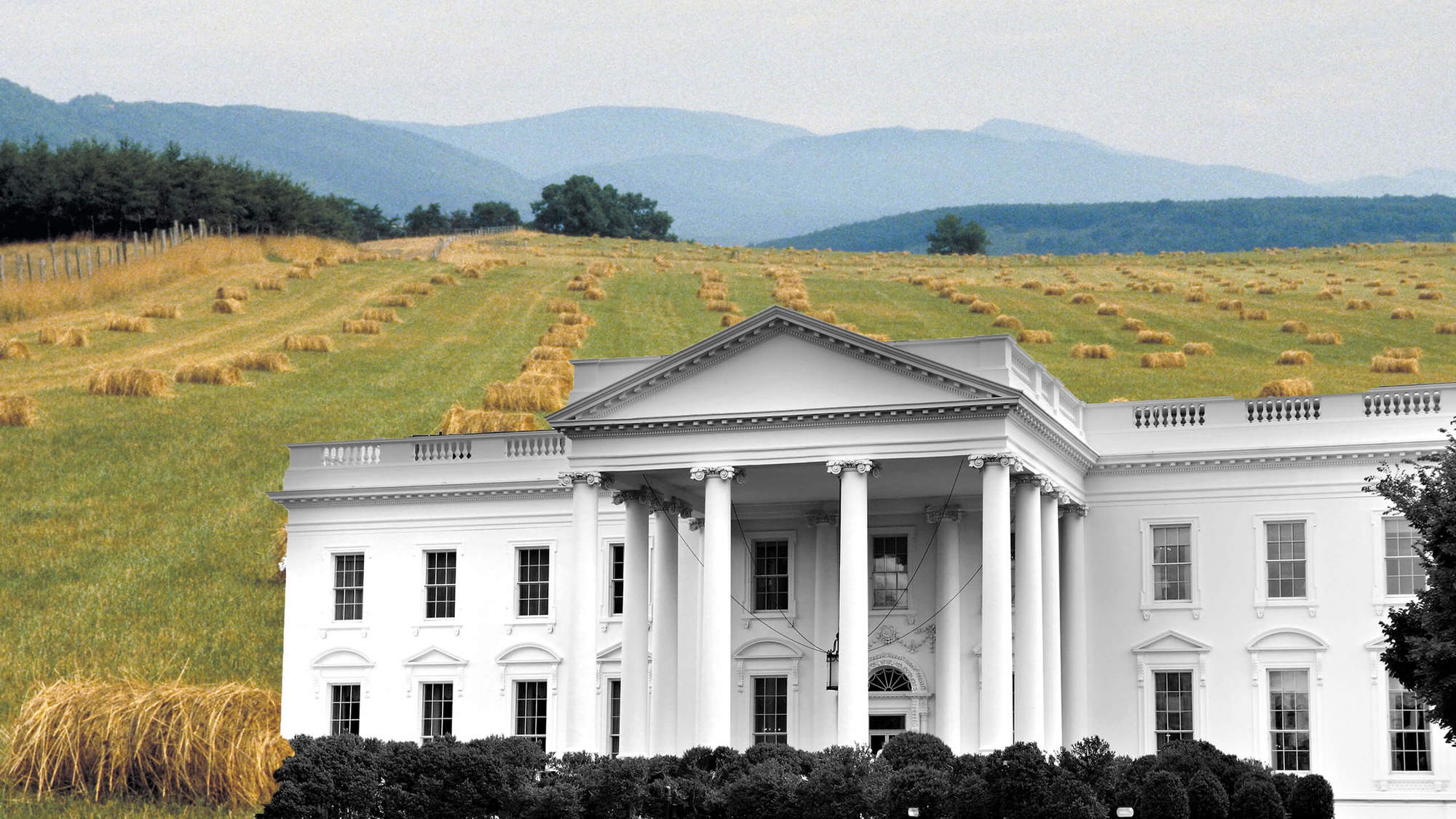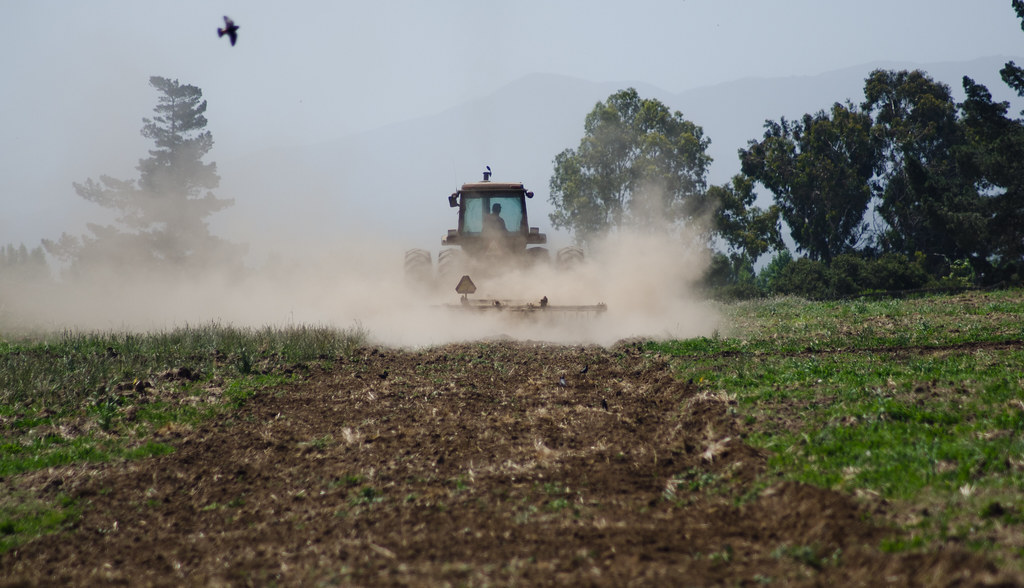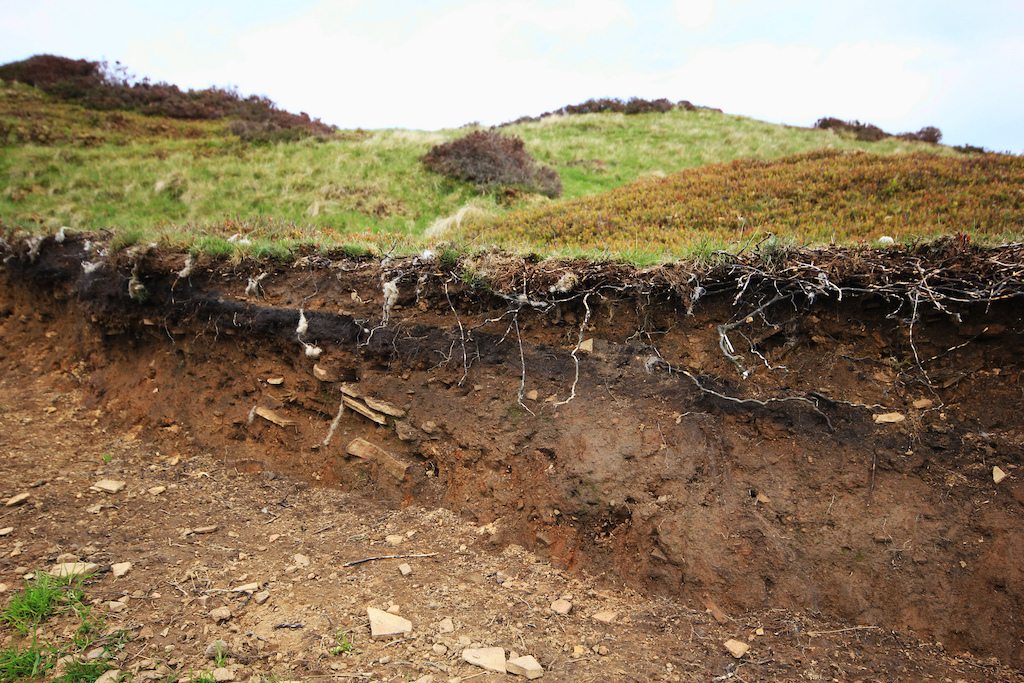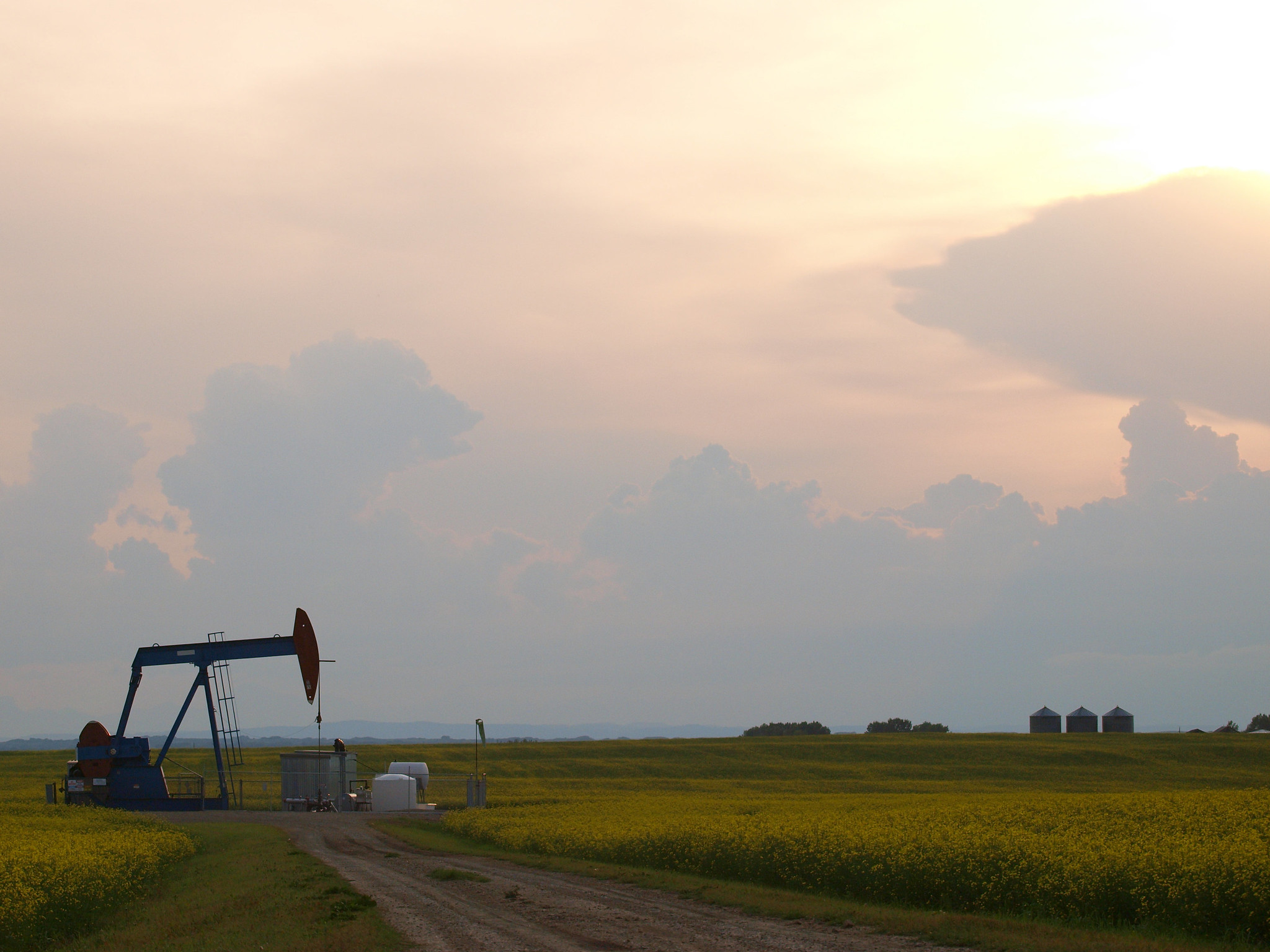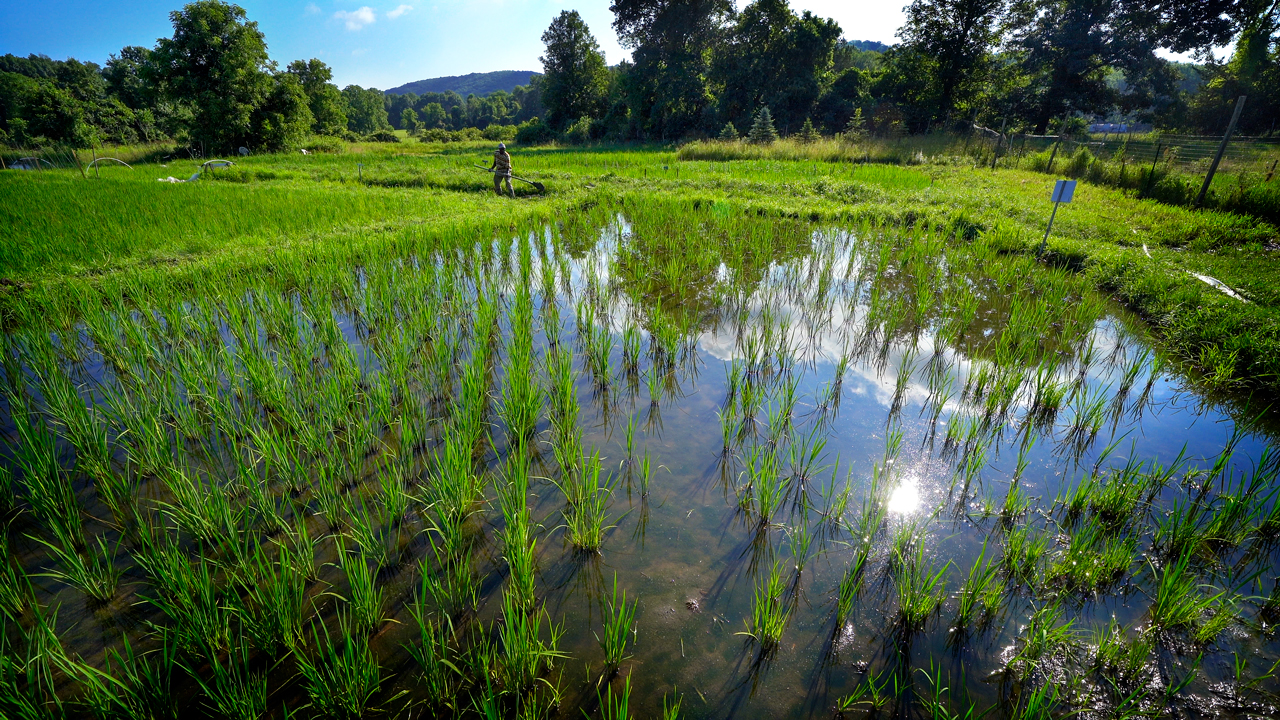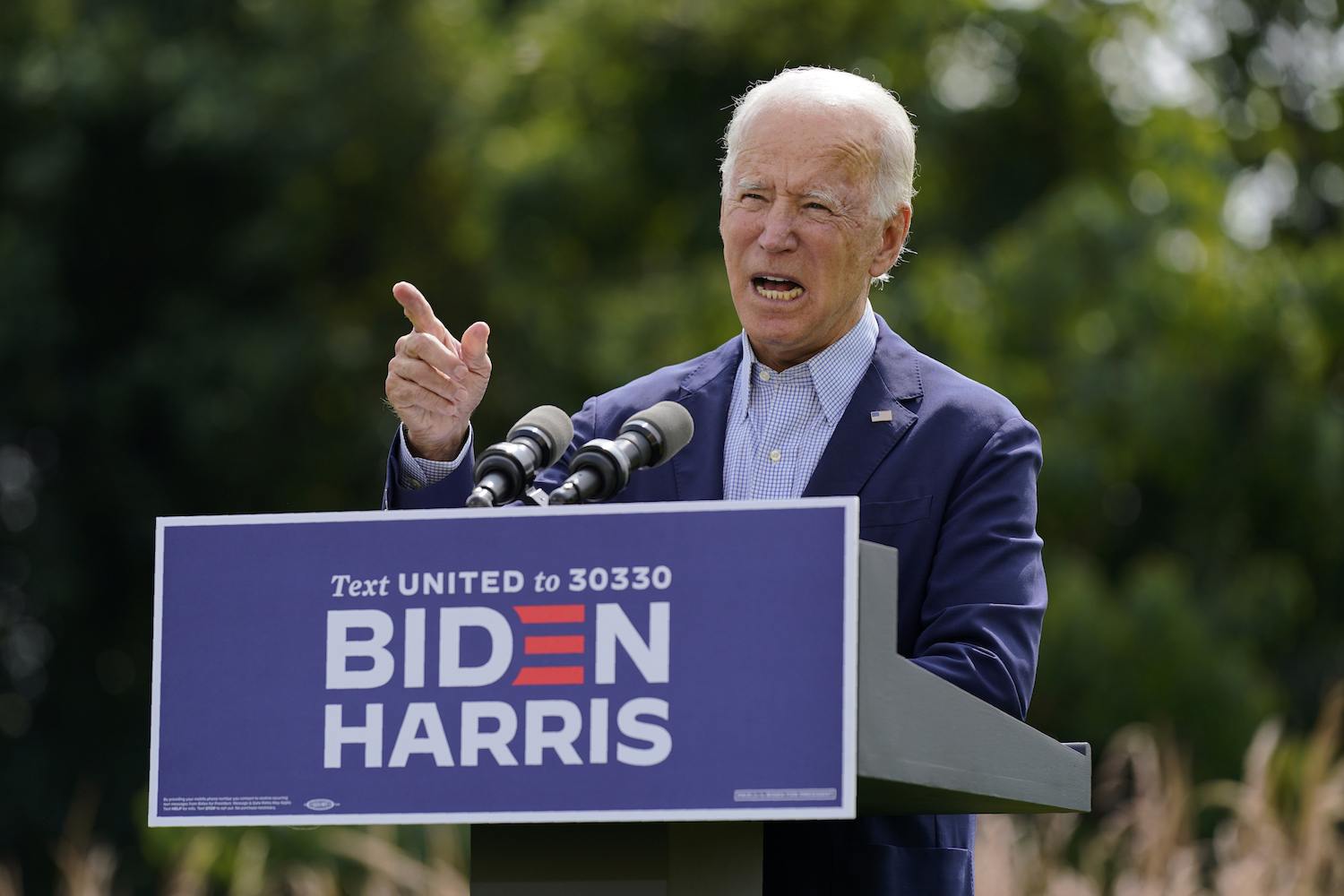
AP Photo/Patrick Semansky
A policy memo by a Biden-linked group offers clues about how the new administration may address climate change through re-imagined farming practices—even without Congressional approval.
On Wednesday, a group of Obama-era officials, climate scientists, and Joe Biden transition team advisors released a series of policy memos for how the incoming administration can fight climate change from the White House.
The group that wrote the blueprint, which is called the Climate 21 Project, is co-chaired by Christy Goldfuss, the managing director of President Obama’s environmental quality council, and Tim Profeta, the director of the Nicholas Institute for Environmental Policy Solutions at Duke University, who advised Senator Joe Lieberman on climate legislation.
The group’s recommendations may do much to shape the President-elect’s strategy on environmental issues. Two members of its steering committee—Joseph Goffman and Robert Bonnie, both environmental policy advisors who served under Obama—are part of Biden’s transition team.
Among the major suggestions is to establish and expand programs that encourage farmers, ranchers, and landowners to adapt practices that scientists believe can help draw down atmospheric carbon.
In a series of 12 “transition memos,” the group calls for dozens of actions that Cabinet departments and offices could take in the Biden administration’s first 100 days, from the Environmental Protection Agency to the Treasury Department. There’s even a 21-page memo on steps that might be taken by the U.S. Department of Agriculture (USDA)—a department that has, so far, kept a lower profile in the search for climate solutions.
Although USDA has not “received the sustained political attention of other agencies that play a role in climate policy,” its “national footprint, broad loan and grantmaking authority, and unrivaled ability to influence decision-making in rural American should make it a lynchpin of the next administration’s climate strategy,” the memo reads.
The 21-page USDA memo was written by Bonnie—Obama’s former undersecretary for natural resources and the environment, who is now leading the Biden administration’s transition at USDA—and two other Obama-era department alumni.
Soil carbon sequestration has gained steam as a strategy to offset the effects of fossil-fuel burning.
Among the major suggestions is to establish and expand programs that encourage farmers, ranchers, and landowners to adapt practices that scientists believe can help draw down atmospheric carbon—including conservation tillage, planting cover crops, reforestation, and using methane digesters for livestock operations.
According to the memo, USDA should also use the government-owned Commodity Credit Corporation to create a federal “carbon bank” that would offer credits for the carbon sequestered by sustainable management practices. It suggests allocating $1 billion to purchase carbon credits at $20 per ton, which could reduce greenhouse gas emissions by 50 megatons every year.
After a one-year pilot, the memo’s authors suggest the administration should build support among House and Senate agriculture committees and appropriators, in order to eventually pass legislation—presumably some version of a cap-and-trade policy—that would allow the USDA to sell those purchased credits into a national carbon market.
Some of the biggest companies in food and farm, like Bayer, McDonald’s, Danone, and Nestle, are launching marketplaces that pay farmers for the carbon sequestered in their soils.
Soil carbon sequestration has gained steam as a strategy to offset the effects of fossil-fuel burning. Researchers estimate that soils and forests have the potential to remove millions of tons of carbon dioxide from the atmosphere every year, or around 5 percent of annual emissions in the United States.
[Subscribe to our 2x-weekly newsletter and never miss a story.]
Some of the biggest companies in food and farming, like Bayer, McDonald’s, Danone, and Nestle, are launching marketplaces to pay farmers for the carbon sequestered in their soils. Nori, a Seattle-based startup, is offering farmers around $15 per ton of carbon, and selling those credits to companies looking to reduce their carbon footprint. Last month, Indigo announced a group of companies that committed to buying carbon credits from thousands of farmers.
Eric Deeble, policy director of the National Sustainable Agriculture Coalition, applauds the potential creation of a public carbon bank, saying the government needs to regulate and shape a quickly forming marketplace.
“While carbon markets may have their place at some point, turning over those markets to the private sector now means that there would be a lack of opportunity to influence how those markets are shaped,” he said.
Also, a USDA-backed market would “ensure that the federal protections and guarantees around equity are in place, because private markets do not have to ensure equal access and participation by everybody in the same way that a public sector-backed program would.”
Yet despite keen interest in carbon credits, the science of carbon sequestration is still unsettled. “Climate smart” practices like no-till farming are good for soil health, but their potential to sequester carbon active in farmland is limited, and new studies show that any storage in untilled topsoil is offset by losses further down, resulting in minimal carbon gains.
“We already have conservation programs that really work, that are super popular, and the interest from farmers way exceeds their ability to actually participate in these programs.”
Before the Biden administration can sell carbon credits, says Craig Cox, the senior vice president for agriculture and natural resources for the Environmental Working Group, environmental benefits must be better confirmed by science, and a massive amount of new soil carbon data must be collected.
“It’s one thing if you’re paying farmers and you’re not entirely certain about how much carbon is being sequestered,” he said. “But if you’re then going to sell those credits? And companies and industries are not going to take action to reduce their actions, but simply to buy these credits? Then the integrity of the credits is doubly important. Then you’re allowing industries to not take action to reduce their emissions directly, but to buy these credits. And then it really gets risky.”
Ben Lilliston, the director of rural strategies and climate change at the nonprofit Institute for Agriculture and Trade Policy, says that a Biden administration that is serious about soil carbon would instead concentrate on expanding preexisting conservation programs. Scientists agree that idle farmland has a greater potential for sequestration than active cropland.
Scientists agree that idle farmland has a greater potential for sequestration than active cropland.
“We already have conservation programs that really work, that are super popular, and the interest from farmers way exceeds their ability to actually participate in these programs,” such as the Conservation Reserve Program (CRP), Lilliston said. “Let’s make those programs available to every farmer, and let’s expand those programs.”
Besides the carbon bank, the Climate 21 group also called for USDA to finance climate-smart farming by re-imagining crop insurance to incentivize better soil conservation practices on up to 370 million acres of government-insured farmland, and to target “hundreds of millions of dollars” into CRP and other conservation programs.
The memo’s authors write that those conservation programs are largely funded through mandatory appropriations, which means action could be taken without waiting for a new spending bill.
This story has been updated to clarify Eric Deeble’s remarks.

